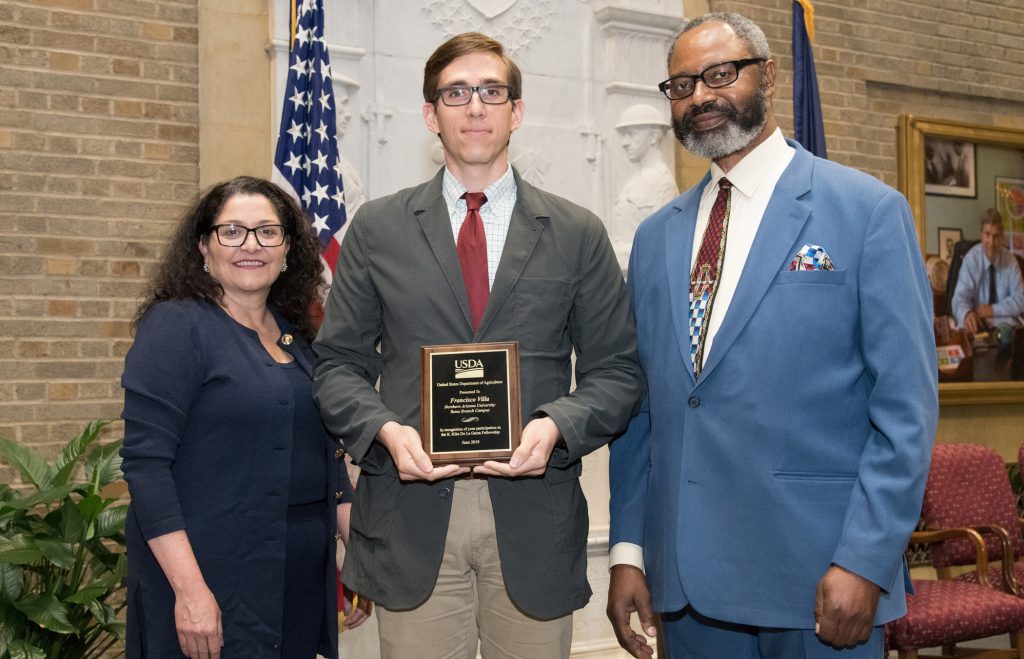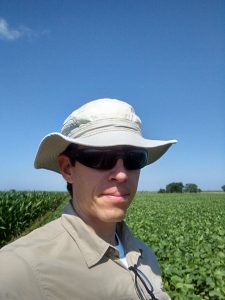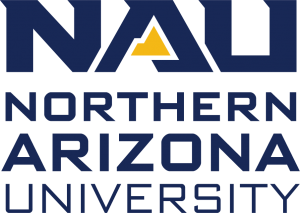What natural resource do Yuma, Arizona, and Lincoln, Nebraska, have in common?
If you guessed dirt, you’re right.
It’s not just dirt, of course, it’s what these two cities—separated by almost 1,400 miles, 1,000 feet of elevation and 26 inches of annual rainfall—do with their soil. They farm.
Wanting to learn more about the science of effective farming, Francisco Villa, a clinical professor of biological and ecological sciences at Northern Arizona University-Yuma, applied for the E. Kika De La Garza Fellowship Program, a three-week science fellowship with the U.S. Department of Agriculture designed to connect professors from Hispanic Serving Institutions. Villa spent a week at USDA headquarters in Washington, D.C., learning about all the resources federal agencies have to offer, and two weeks working with other fellows and scientists from USDA’s Agricultural Research Service (ARS) and the Natural Resources Conservation Service (NRCS).
“We wanted to find a niche where NAU could support agriculture in Yuma,” Villa said. “Our program is equipped to do a variety of biological, chemical and physical analyses of soils, and it is just a matter of working with the local agriculture industry to support them with this scientific component. Ideally, we would like NAU to be a training site for soil analysis for the Yuma community and for our students to be trained in these methods and for them to establish careers here working with local farms.”
He spent two weeks at the Kellogg Soils Laboratory of the NRCS in Lincoln working with NRCS agronomists, soil scientists, analytical chemists and state and local NRCS personnel. He studied the soil health of local farms, both in the field and in labs, using various chemical and physical analyses and other techniques. Villa plans to introduce these techniques and pull from this collaborative experience in his ecology lab, through internships and undergraduate research projects.
It was such a valuable experience, both for Villa and his students and for future USDA-NAU collaborations, that he’s encouraging a faculty member in education to apply for the program next year.
“This fellowship has already opened doors to the NRCS, an area of the USDA I had no idea existed,” he said. “Opportunities like this are important because they connect educators with all the different aspects of a federal agency and can communicate what they learned to their students, colleagues and in other outreach activities.”
Heidi Toth | NAU Communications
(928) 523-8737 | heidi.toth@nau.edu





